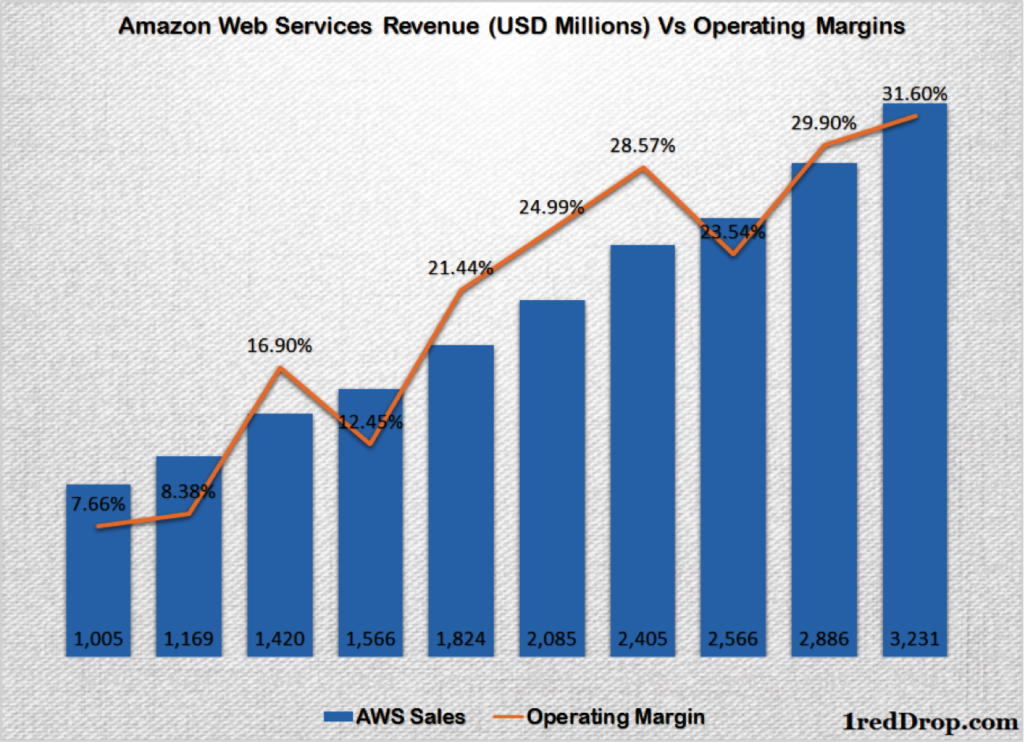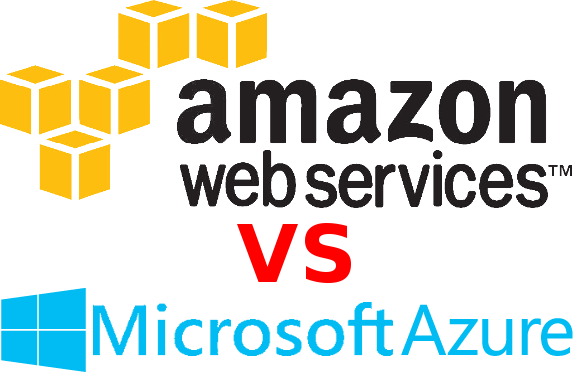Amazon has been cutting its AWS cloud service pricing on several fronts over the past eight years or more. But now that Microsoft has slashed pricing on its own virtual machine instances and blob storage pricing on Microsoft Azure, there are reports that Amazon will continue to cut its own pricing.
Microsoft Azure Cloud Vs. Amazon AWS Cloud: The Cloud Computing Price War Begins
With Microsoft cutting deep into its pricing for both Azure VM instances as well as cloud storage options, the cloud computing price war has officially begun, with Microsoft Azure and Amazon AWS as prime contenders.
READ: Microsoft Azure Price Cuts on VMs and Storage Underline Cloud Computing Trends
Analyst Kunal Madhukar at SunTrust Robinson Murphy claims that we can expect to see Amazon come back with more price cuts of its own. That’s almost a given, even if you don’t factor in the price cuts that Microsoft announced two days ago.
Amazon’s habit of cutting cloud computing prices is almost as old as AWS itself. Amazon discovered early on that attractive pricing was one of the best ways to draw customers. After all, you can’t blame them for thinking like a retailer, right?
We’ve always believed that AWS and its price cuts will continue – irrespective of the market and the competition – because Amazon has already found a way to keep doing that and still stay profitable as far as its cloud computing business is concerned.
Despite more than 50 separate price cuts on a variety of compute and storage services over nearly a decade of cloud computing, AWS continues to be as profitable as ever. More profitable than ever, in fact, and you can see that in their quarterly revenue vs. operating margin chart that we’ve prepared below:

We’ve also explained, in the past, how Amazon was able to keep cutting prices on AWS cloud products and still grow more profitable each year. You might like to review that article:
READ: The AWS Secret Formula for Success: High Profitability Despite Price Cuts
In that article, we spoke about how the addition of 1,000 services over the course of just one year is helping AWS be more profitable as it cuts deeper and deeper in terms of pricing.
The real competition that Amazon faces on the cloud computing front is itself. Amazon is well aware of the fact that it cannot compete in the long run against Microsoft. That’s not because Azure is better than AWS; it’s because Microsoft has a solid presence in the SaaS segment. So do Oracle and Salesforce.com, for that matter.
Amazon will not go head-to-head against the biggies of software. For a software company to move from the traditional licensing model to a ‘delivered over the cloud’ model is not a major step, but for a retailer with little experience in the space to suddenly start competing in the SaaS segment would require massive investment and effort that Amazon won’t (not can’t – won’t) afford. It just doesn’t make sense for them to go that way.
Now IoT, on the other hand, is a different ball game. It’s a new space, and Amazon has been doing it since 2015. More importantly, Microsoft doesn’t have such a large presence in IoT either. In fact, with Amazon Echo devices selling like hotcakes and Amazon Alexa going into so many products over the next year and more, they’re settling quite comfortably into the IoT segment.
And now, with their Dash Button technology being expanded to allow enterprises to build their own IoT systems, there’s at least an even chance that Amazon’s AWS can make a big dent in the IoT market.
Thanks for reading our work! We invite you to check out our Essentials of Cloud Computing page, which covers the basics of cloud computing, its components, various deployment models, historical, current and forecast data for the cloud computing industry, and even a glossary of cloud computing terms.



